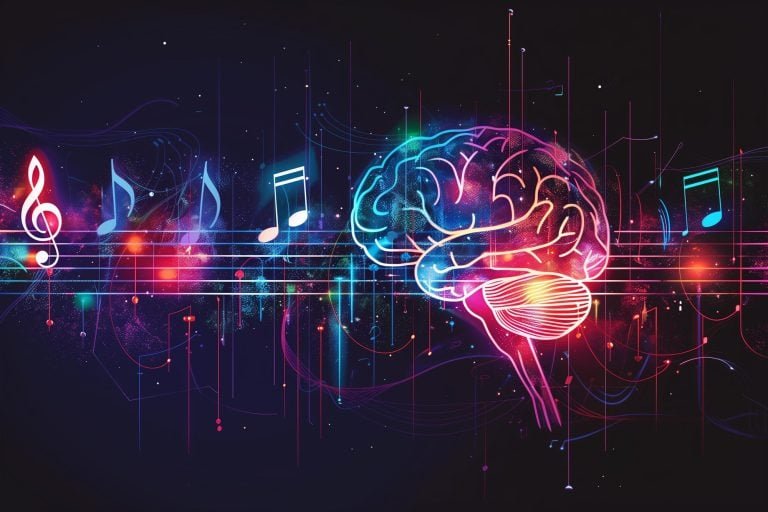Introduction
Music’s emotional impact is a universal phenomenon, but what drives this emotional resonance? Researchers at the Max Planck Institute for Dynamics and Self-Organization have quantified the emotional impact of music, revealing the crucial role of “transition times” in shaping our musical experiences.
The Science Behind Emotional Music
Leonard Meyer’s 1950s theory proposed that emotions and meaning in music arise from the interplay between expectation and surprise. Scientists Theo Geisel and Corentin Nelias have empirically validated this concept using data science. They analyzed over 550 musical pieces, including jazz improvisations and classical compositions.
Key Findings
- Autocorrelation function: Measures similarity between musical sequences.
- Transition times: Mark the shift from predictable to unpredictable patterns.
- Jazz vs. Classical: Jazz improvisations have shorter transition times, making them less predictable.
- Composer variations: Bach’s compositions have shorter transition times (5-12 quarter notes) compared to Mozart’s (8-22 quarter notes).
Implications
- Quantifying musical variability: Transition times measure a piece’s predictability.
- Composer styles: Differences in transition times reflect distinct compositional approaches.
- Personal preferences: Individual tastes may be influenced by musical predictability.
Expert Insights
Theo Geisel: “Transition times explain why I preferred Bach over Mozart – Bach’s music offers more variability and surprises.”
Reference
Nelias & Geisel (2024). Stochastic properties of musical time series. Nature Communications. DOI: 10.1038/s41467-024-53155-y
Share Your Thoughts
How do transition times influence your emotional connection to music?

















